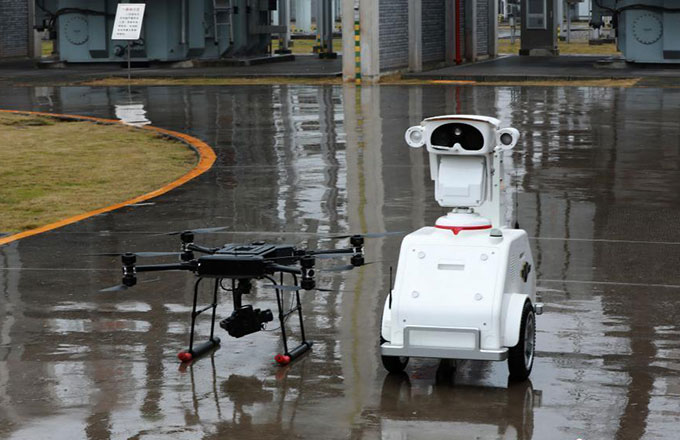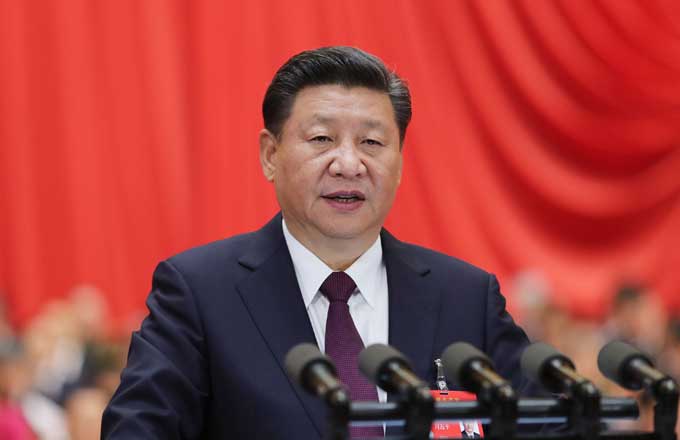Nation 'leads world' in remote sensing technology
China is now the world leader in remote sensing technologies for scientific purposes and is able to provide an unprecedented amount of data to support research and development for the world, officials said on Tuesday.
Remote sensing refers to aerial or satellite-based technologies to detect and measure objects on Earth's surface, atmosphere and oceans.
On Tuesday, the Ministry of Science and Technology's National Remote Sensing Center published its annual 2017 Global Ecological Environment Sensing report, detailing landscapes, resources, roads, vegetation and other geological factors for more than 170 countries and regions across Europe, Asia, Africa and Oceania.
"It is the world's most detailed and comprehensive geographic report for these continents, and all the data sets are available to the public," said Wang Qi'an, director of the sensing center. "China now leads the world in remote sensing technologies for scientific purposes," he added.
In late October, China launched the world's first 30-meter resolution global land data sets for 2015. Thirty-meter-resolution means a pixel on the map is equal to a 30-meter by 30-meter square, hence it is 100 times clearer than the 300-meter resolution typically used in global landscape mapping, Wang said.
"These new maps and data allow scientists and officials to get a deeper understanding of the environment, discover potential issues and create more effective planning and polices," Wang said. "They are invaluable in achieving sustainable growth, protecting ecosystems and tackling climate change."
Tuesday's report documented forests, grasslands and desert covering more than 82 percent of the area earmarked for the Belt and Road Initiative. Such terrain can make it difficult to build connecting roads.
The report also found pockets of water reserves along the initiative, yet some of them have been overused for agriculture, meaning the initiative has a potential risk of water shortages and environmental degradation.
As for solar energy, the Arabian Peninsula, Iran's plateaus, the Sahara, and central Australia are prime locations for large-scale solar farms, the report said. India, Southeast Asia and southeastern China are less favorable, despite having warm climates, because of dense vegetation, cloud coverage and a mediocre solar exposure rate.
"These discoveries only emerge when you have the technologies to measure and monitor different types of variables at once, and China is exceptionally good at this," said Zhang Songmei, the chief engineer of the National Remote Sensing Center.
For the Belt and Road Initiative to succeed, countries need to focus on building roads and connectivity, protecting water sources and optimizing the use of solar energy, "thus facilitating sustainable growth in less developed regions," she added.
Next year, China will publish greenhouse gas data collected from the recently launched Fengyun 3D meteorological satellite, "and contribute more to the global effort in combating climate change", she said.






















